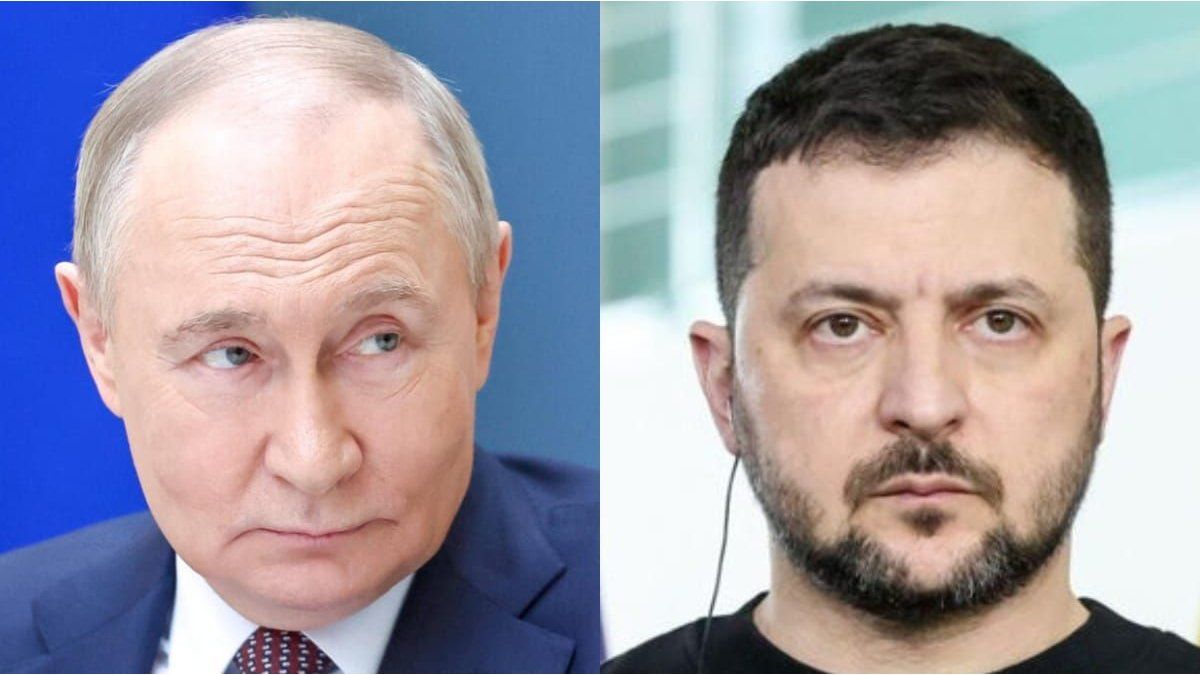Other writers who taught at these levels were the disappeared prisoner Haroldo Conti, who was a rural teacher, and Julio Cortázar, who before devoting himself fully to literary work and settling in Paris, dedicated a few years to teaching, a facet which, as he would later remember, was decisive for his intellectual formation and his literary production. “I started studying Literature at the University of Buenos Aires, but economic difficulties made me drop out and start working as a teacher to help my mother. I was a rural teacher in Bolívar, Saladillo and Chivilcoy. Those were years of great loneliness and sometimes boredom that helped me to read a lot: I even read the complete works of Sigmund Freud!”, he recalled in an interview.
In 1939, the writer published “Essence and mission of the Teacher” in the Argentine Magazine, an article in which he makes clear his vision of teaching. “Being a teacher means being in possession of the means conducive to the transmission of a civilization and a culture; it means building, in the spirit and intelligence of the child, the cultural panorama necessary to train his being at the contemporary social level and, at the same time, At the same time, to stimulate everything in the child soul that is beautiful, good, aspires to total fulfillment. Double task, then: that of instructing, educating, and that of giving wings to the desires that exist, embryonic, in all nascent consciousness,” he states in the text.
Alfonsina Storni (1892-1938) is remembered as a symbol of cultural and institutional identity and many schools in the country bear her name. The poet with a “naked soul” -as one of her verses says-, the most important in Argentina, studied teaching and taught for several years in Santa Fe and Buenos Aires, to the point that a critic and friend of the time , Roberto Giusti, called her “cordial teacher” to refer to that impression -today somewhat contemptuous- that she caused him when he met her in his first steps on the literary scene.
Before becoming one of the key writers and forerunner of children’s literature in our country, the poet and narrator Laura Devetach (Reconquest, 1936) was at the forefront of the classrooms at the initial and primary level, as she recalls in an autobiography that published in Imaginaria: “I graduated as a teacher with impeccable board overalls and good grades. In 1956 I went to work in a town north of Santa Fe. I had a second grade with 56 students who ranged between seven and seventeen years old. I gave classes, depending on the day, in the music room, to the rhythm of Phoebus, or in an old church that had been converted into a dovecote”.
He wrote down the stories that occurred to him on small pieces of paper and told them orally to his students, until one day he put all those texts together and entered a contest organized by the José Martí school. Devetach won that contest and from there her momentum as a writer: her work was key in the disruptive and iconic literature for children of the 1960s, which she shared with enormously relevant authors such as María Elena Walsh.
She also taught in professorships where she opened a space for the children’s genre, legitimizing the right to quality literature in this vital stage, something that she would later do in her role as a writer and promoter of reading, participating in talks and visiting schools. The author of “The Tower of Cubes” continues to defend the right to profound literature without labels. For a long time she has been taking care of ordering the writings of her husband, Gustavo Roldán, and of continuing to write without thinking to whom she is addressing.
Dolores Reyes is a teacher at a primary school in Pablo Podestá, in the suburbs of Buenos Aires, where this year for the first time she took unpaid leave to fulfill the commitments that have come to her since the success of her first novel “Cometierra”, published in 2019. When they ask for his biography in those spaces, Reyes comes to a crossroads, but he always ends up putting the identity he chooses: “I don’t have a great education, a long list of publications, I don’t have master’s degrees or international doctorates, I have children and No matter how much they offered me, I could never accept scholarships to study abroad. I’m a teacher.” Although she was trained in Classical Literature at the UBA and she knew that her passion was not the academy but the school.
In the “vital experience” that he finds “in the back and forth in school, in listening” -as he told Télam a few days ago about his participation in a closing ceremony of a reading promotion forum in Chaco- her character Cometierra was also nurtured, the protagonist, seer and orphan victim of femicide, who builds her own language: that of the girls and boys of the suburbs, that language in which violations, violence and youth are splintered. Since he began with the interview raid for that text, Reyes has always said that this language comes from the universes of his seven children, and above all, from the conversations that arise in the educational space, which he knows from his work in Podestá, Fuerte Apache or Citadel.
With a presentation entitled “Winning the classrooms”, during his visit to Chaco and in front of a multitude of reading mediators, he made a plea in favor of literature in schools and defended the choice of books without conditions: “It is enough that a teacher assemble a round of chairs so that the magic of a practice as old as the human being is produced: Sharing a good story makes the students come closer to that small community fire Many times, years after receiving those little children from first or fourth grade, they usually stop me in some square that I cross at full speed or in the queue at the supermarket. It is some boy who is now more than a head taller than me, some young woman who is already a nurse, a radiologist, a housewife, a kindergarten teacher mother,” she said.
In the genealogy of writers and teachers is Libertad Demitrópulos (1922-1998). She is a poet, novelist, author of “La Flor de Hierro” and “Río de las Congojas”, and teacher: she worked as a teacher from the age of 18 until 1940, when she traveled to Buenos Aires to study Literature. This 2022 marks the 100th anniversary of her birth and as a rescue operation also in recent times her readers and those who investigate her work seek to do justice to the omission of her name and the lack of books of her in bookstores.
Hebe Uhart (1936-2018), considered by Piglia or Rodolfo Fowgill to be the greatest contemporary storyteller, detested the narcissistic swagger of writers but always proudly evoked her teaching profession, which, like Cortázar, she also came to due to economic circumstances. She had decided to study Philosophy and when she raised it with her parents, her response was: “You are going to work for your expenses.” This is how she got to teaching, a task that she was not completely unfamiliar with because it was the same one that her mother had chosen.
She once recounted that the first time she stood up to a group of boys was in a rural school: she wore the same apron with which she had attended school as a student until a few months ago and no one believed her that she was the teacher. That contact with borderline and humble schools left a mark on her writing, especially in stories such as “Una se va seque” or “Impressions de una principal de Escuela”.
Months before her death, Hebe Uhart decided to donate part of the Manuel Rojas Ibero-American Prize -30 thousand dollars- that she won in 2017 to the Camino Andado Insurgent Territory School, which moved her with its inclusive project and in which she gave one of her workshops. legendary. In this way, the Santa Fe school will have its own building that will bear its name in Nuevo Alberdi -near Rosario- where the presence of the State is meager but where the transforming power of literature reaches.
Until the end of his life, Uhart continued to identify with his teaching vocation rather than with his literary one, despite the fact that he had become one of the great voices of twentieth-century Argentine narrative years before. “Being a teacher seems to me to be a more forceful activity. Nobody doubts a teacher. A writer is anyone who writes a book and, well, everything that is published… Besides, I don’t feel like a writer. Actually, I have worked more as a teacher. I have lived more hours as a teacher than as a writer,” she once replied when asked why she chose teaching on the forms where she was asked to state her occupation.
Source: Ambito
David William is a talented author who has made a name for himself in the world of writing. He is a professional author who writes on a wide range of topics, from general interest to opinion news. David is currently working as a writer at 24 hours worlds where he brings his unique perspective and in-depth research to his articles, making them both informative and engaging.




